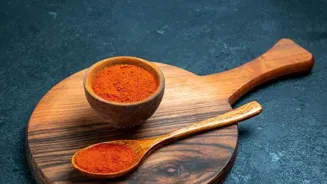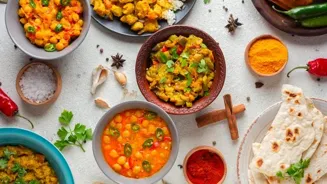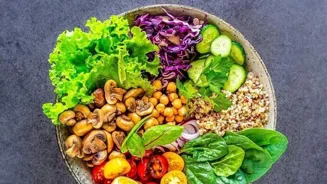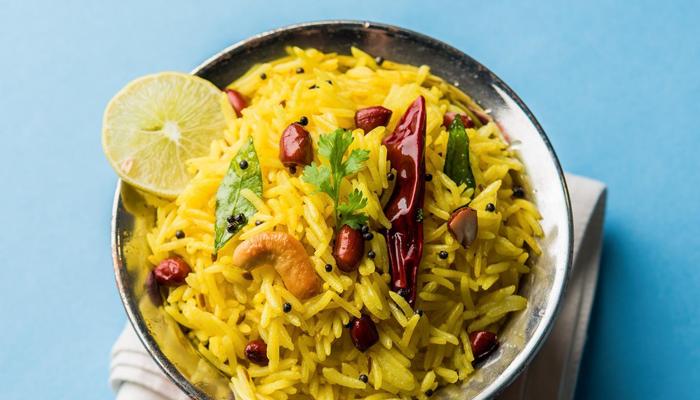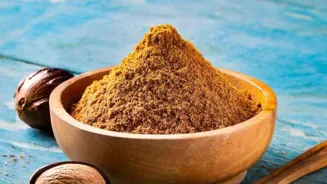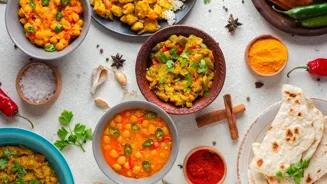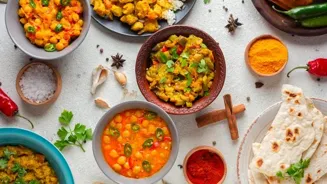Unlock the secrets to a balanced Indian meal for ultimate nutrition! Dive into tips for a wholesome dining experience
India, a land of vibrant cultures and even more vibrant cuisines! From the snow-capped
Himalayas to the sun-kissed beaches of the South, our food reflects the diversity of our land.
But with such a wide array of choices, ensuring our daily meals are truly balanced can sometimes feel like climbing Mount Everest! Fear not, because achieving nutritional harmony in your thali is easier than you think.
Let's explore how to create balanced Indian meals that are not only delicious but also nourish you from within, keeping you healthy and energetic. This guide will help you design meals that incorporate all the essential food groups, providing a wholesome and fulfilling dining experience.
The importance of major food groups in a balanced Indian meal
The cornerstone of a balanced Indian meal lies in understanding the importance of the major food groups.
Think of it as building a house; you need a strong foundation of carbohydrates for energy, sturdy pillars of protein for growth and repair, and a colorful roof of vitamins and minerals to protect the structure.
Carbohydrates, commonly found in rice, roti (Indian flatbread), millets like jowar and bajra, and even potatoes, provide the necessary fuel for our bodies to function. Choose whole grains whenever possible, as they offer fiber and sustained energy release.
Fiber promotes healthy digestion and feelings of fullness, keeping those midday hunger pangs at bay. Don't be afraid to experiment with different grains and millets to discover your favorites and add variety to your diet. Remember, moderation is key!
Excessive consumption of refined carbohydrates can lead to energy crashes and unwanted weight gain. Instead, focus on incorporating complex carbohydrates which take longer to digest and provide a more stable source of energy throughout the day.
They are also packed with essential nutrients that are beneficial for long-term health. Planning your meals around a balanced carbohydrate source is the first step towards a nutritionally complete and satisfying eating pattern.
Variety of vegetarian protein sources for balanced meals
Protein is the next crucial element, acting as the building block for our muscles, tissues, and even enzymes. For vegetarians, lentils (dal) are a staple and an excellent source of protein.
Different varieties of dal, like toor dal, moong dal, masoor dal, and urad dal, offer a diverse range of nutrients and flavors. Incorporate a variety of dals into your weekly menu for a well-rounded protein intake.
Other vegetarian sources of protein include paneer (Indian cheese), tofu (soybean curd), chickpeas (chana), kidney beans (rajma), and sprouted beans. Yogurt and other dairy products like milk and buttermilk also contribute to your protein intake.
Make sure that you include one of these high quality sources of protein. A balanced meal without sufficient protein is a common mistake. Sprouting your beans and lentils can help to increase their nutritional value and make them easier to digest.
Consider adding soya chunks to your sabzis or curries as it will increase protein.
Vitamins and minerals in fruits, veggies are essential for health
Vitamins and minerals are the unsung heroes of our diet, working tirelessly behind the scenes to keep us healthy and vibrant. They are abundantly found in fruits and vegetables, adding color, flavor, and essential nutrients to our meals.
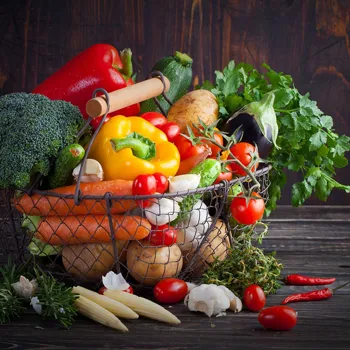
Aim to include a rainbow of colors in your thali, as different colored vegetables offer different vitamins and antioxidants. Green leafy vegetables like spinach (palak), fenugreek (methi), and mustard greens (sarson ka saag) are packed with iron, calcium, and vitamins.
Incorporate seasonal vegetables like gourds (lauki, tinda), beans, and okra (bhindi) into your daily diet. Fruits like bananas, mangoes (in season!), oranges, and apples provide a boost of vitamins and antioxidants. Don't forget about salads!
A simple cucumber and tomato salad dressed with lemon juice and a pinch of salt can add freshness and fiber to your meal. It also improves digestion. Avoid overcooking the vegetables as some vitamins can easily be lost in the process. Simply steaming may hold all the nutrients in.
Essential healthy fats for overall well-being, choose wisely
Healthy fats are also essential for overall well-being, playing a vital role in hormone production, brain function, and nutrient absorption. While it's important to be mindful of the amount of fat we consume, completely eliminating it from our diet is not advisable.
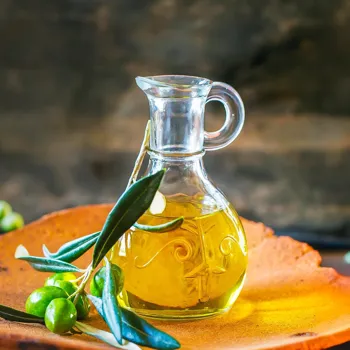
Ghee, a clarified butter commonly used in Indian cooking, is a source of healthy fat when consumed in moderation. Cold-pressed oils like mustard oil, groundnut oil, and sesame oil are also good options for cooking.
Incorporate nuts and seeds like almonds, walnuts, flax seeds, and chia seeds into your diet for a boost of healthy fats, fiber, and minerals. Healthy fats help you absorb vitamins from food thus helping in digestion. Instead of processed snacks choose fruits and nuts. Avoid fried foods.
Choose baking, grilling or steaming to have healthier fat intake.
Indian spices add flavor and health benefits to dishes
Now, let's talk about spices! Indian cuisine is renowned for its aromatic spices, which not only enhance the flavor of our food but also offer numerous health benefits. Turmeric, with its anti-inflammatory properties, is a staple in many Indian dishes.
Ginger and garlic are known for their immune-boosting properties. Cumin and coriander aid in digestion. Incorporate a variety of spices into your cooking to add flavor and reap the health benefits. Remember that spices have different health effects. Black pepper enhances digestion.
Do your research and include different spices which suits your body. Even a pinch of spice goes a long way.
Embrace mindful eating for balanced Indian meals
Finally, remember the importance of mindful eating and portion control. Pay attention to your hunger cues and eat slowly, savoring each bite. Avoid distractions like television or phones while eating, allowing yourself to fully appreciate the flavors and textures of your meal.
Use smaller plates to help control portion sizes. A balanced Indian meal is not just about the ingredients; it's also about how you eat and how much you eat. Drink plenty of water throughout the day to stay hydrated.
Listen to your body and adjust your portion sizes based on your individual needs and activity levels and stay active. By following these simple tips, you can create balanced Indian meals that are both delicious and nourishing, promoting optimal health and well-being.
So, embrace the richness of Indian cuisine and embark on a journey of mindful and healthy eating! Making small changes can really help you stay healthy in a long run.
AI Generated Content. Glance/InMobi shall have no liability for the content
